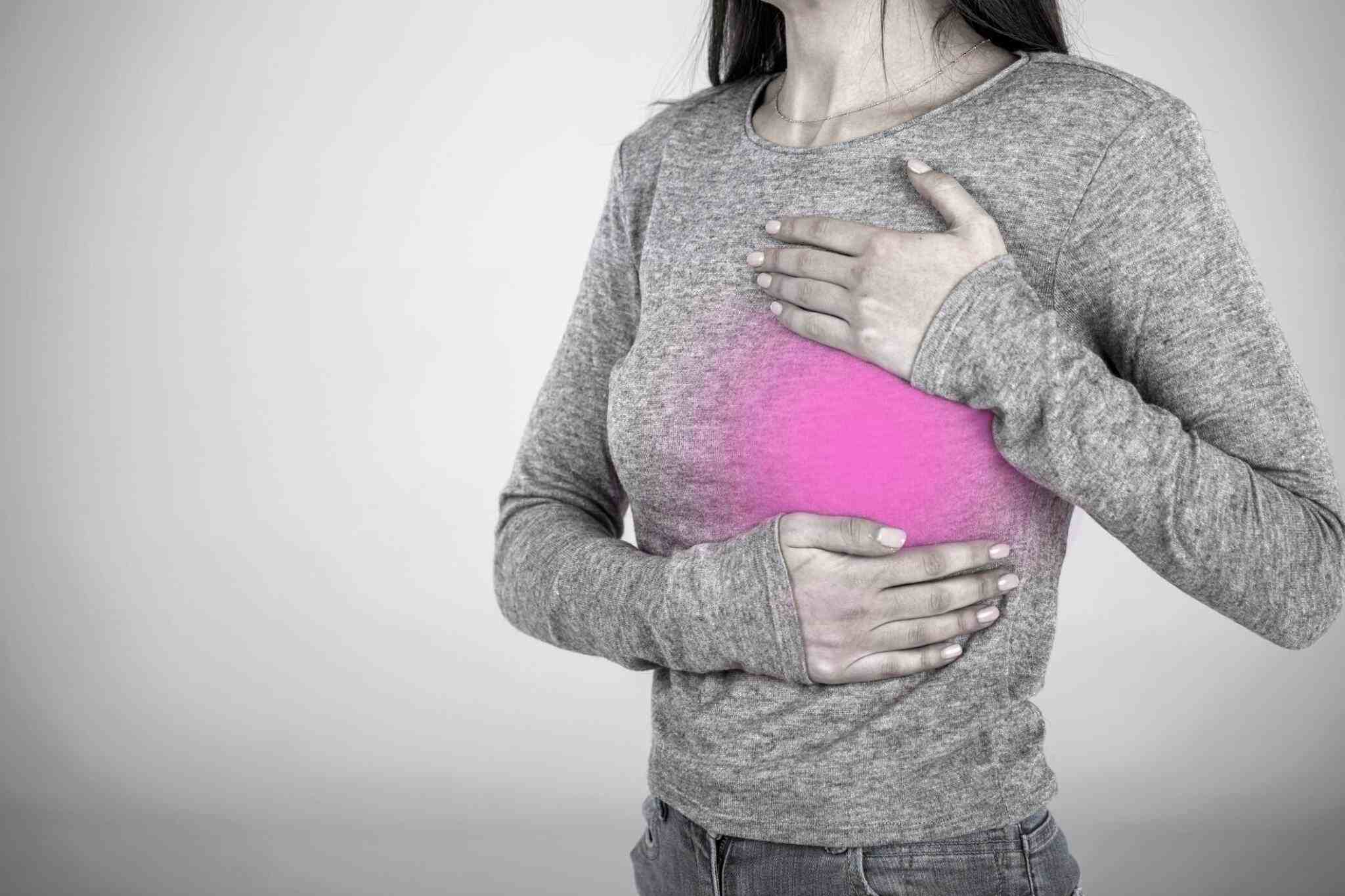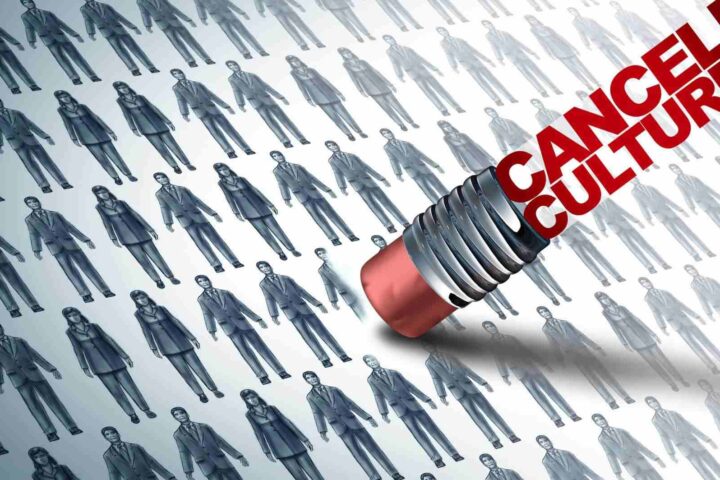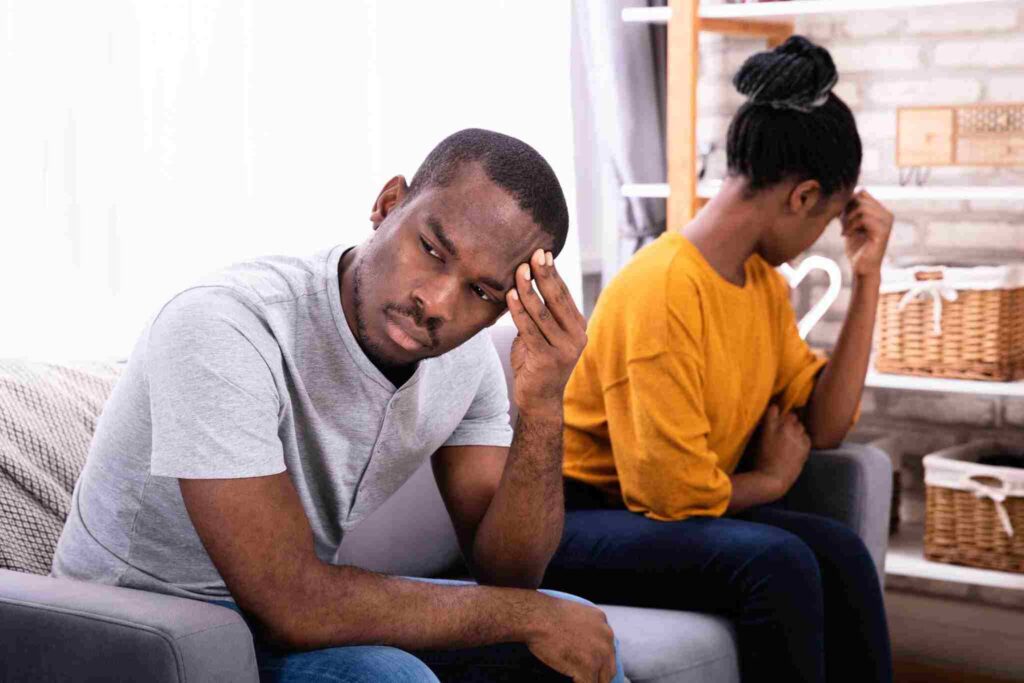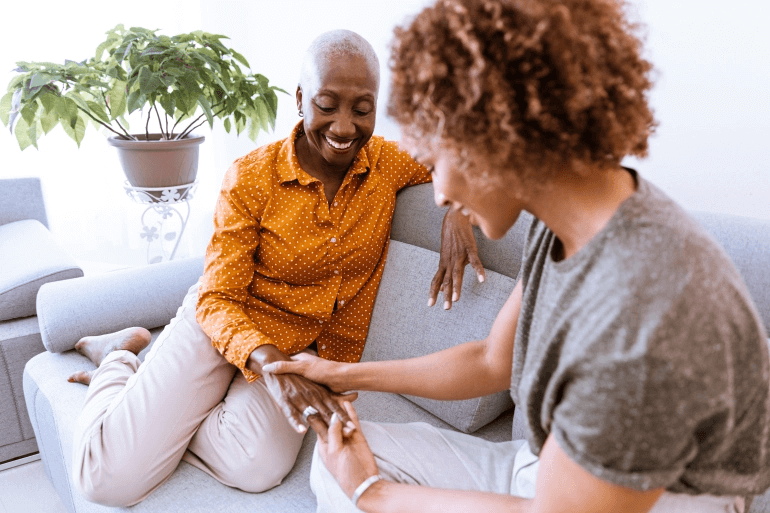October marks the Metastatic Breast Cancer Awareness and in Kenya, a research done by an American Society of Clinical Oncology journal shows that the age –standardized rate of breast cancer incidence in Kenya is 40.3 per 100,000 women, with the report further revealing that this is the most common cancer among Kenyan women.
One of the reasons that has so far challenged the fight against breast cancer I’m the country is late screening that has seen more women know about their status when it’s too late.
While (early) screening is needed for every woman if the fight against cancer is to be successful, one can also start this by having the self assessment at home and always be on the lookout for anything strange or any feeling that may raise an alarm.
Dr. Catherine Nyongesa, an Oncologist at Texas Cancer Center Nairobi, explains the dos and don’ts of doing a breast self assessment and shares what one should be looking out for and what every woman needs to know.
For starters, self breast examination should be performed as frequently as possible. However, to make it a routine and for women to remember, it’s recommended that it’s done three days after the menstrual periods every month.
So what should one be looking out for when doing a breast self assessment?
Dr. Catherine Nyongesa says, ‘’the following are things one should look out for during the self assessment.
-Breast lump
-Breast enlargement that the patient notices it’s abnormal
-Skin changes, colour either darkening or reddening
-Ulceration of the breast
-Lumpiness in the armpit
-Unusual nipple discharge, this could be milky or bloody
-Dimpled breast skin
-Nipple retraction (curves inwards)
-Shiny breast skin with multiple bridle like punctures resembling a peel of an orange skin
-Breast heaviness
-Pain in the breast
-Itchiness of the breast.’’
Sometimes, women make mistakes while doing this breast self assessment, either by doing it at the wrong time or in a manner that is not effective.
The common mistake women make while doing this is grasping the breast tissue in between examining fingers. The breast will always feel lumpy if grasped this way.
Another mistake is assuming that breast lump should be painful. Pain is the least symptom in early breast cancer.
So how should this self assessment be carried out? Dr. Catherine Nyongesa explains:
‘’When examining your breasts, some general tips to keep in mind include: Use the pads of your fingers. Use the pads and not the very tips of your three middle fingers for the exam.
If you have difficulty feeling with your finger pads, use another part of your hand that is more sensitive, such as your palm or the backs of your fingers.
Use different pressure levels. Your goal is to feel different depths of the breast by using different levels of pressure to feel the tissue deeper, and firm pressure to feel the tissue closest to the chest and ribs.
Be sure to use each pressure level before moving on to the next spot. If you’re not sure how hard to press, talk with your doctor or nurse. Take your time, don’t rush. It may take several minutes to carefully examine your breasts.
Follow a pattern. Use a methodical technique to ensure you examine your entire breast. For instance, imagine the face of a clock over your breast or the slice of a pie, begin near your collarbone and examine that section, moving your fingers toward your nipple. Then move your fingers to the next section.’’
It is important for a woman to learn to listen and pay attention to the changes that happen to her body. By understanding what feels normal on them so that in case of changes, they immediately seek for second opinion.
Cancer symptoms most of the time are progressive in nature. In our set up, majority of the patient present to hospital because of the pain yet majority of breast cancer lumps are not painful initially and this gives most patients false hope.
This is because, if something is not painful, most people see it as a less bother. One other reason that prevents women from early screening is our culture doesn’t give enough freedom to people to discuss matters breast and other sexual organs due to poor sex education and to some patients; it’s purely lack of awareness.
The costs for screening vary depending on the hospital of preference. People should take advantage of free cancer screening in the month of October which is adequate enough in terms of screening.
But on an ordinary day, most of the private hospitals may charge a consultation fee which again varies. Occasionally, a doctor may request for a breast ultrasound or a mammogram if some abnormal changes are noticed during a clinical exam.
‘’The best prevention method for breast cancer is regular screening. If there is any member of the family who has had cancer, the chances of getting it are high. However, about 50 per cent of breast cancers may have no any noticeable direct risk.
Some of the risk factors apart from genetics include:
-Oral contraceptive use
-Smoking of cigarettes and exposure to many forms of fossil smokes
-Excessive alcohol use and liver damage
-Exposure to radiation (nuclear or radiotherapy) especially to the chest
-Previous history of breast cancer
-Advanced age
-Obesity and being inactive
-Never breast feeding
-Late age of first full-term pregnancy (women who get their first child after 30)
-Not giving birth.
Being a woman is a risk already so early screening is the sure way to beat this.’’ Elucidates Dr Catherine Nyongesa.
Dr Catherine Nyongesa is a Clinical Oncologist at Texas Cancer Centre Nairobi and Kenyatta National Hospital, with over 10 years’ experience in Oncology conducting inpatient and outpatient management of cancer patients. She is one of the founders of the Texas Cancer Center Nairobi and also the first woman Radiation Oncologist in Kenya. Currently she holds the position of the head of Department at the Cancer Treatment Centre Kenyatta National Hospital and a Honorary lecturer university of Nairobi.





